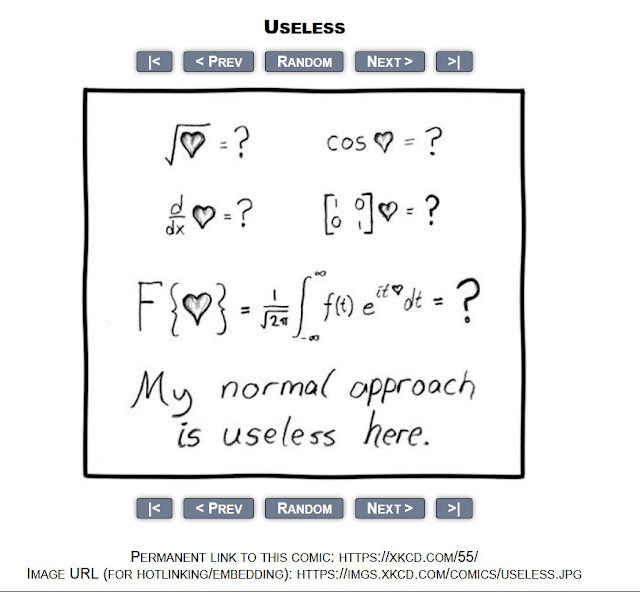What are the qualitative and quantitative data collection methods?
What are quantitative and qualitative methods? This is an awfully big issue, but here are some points that I think are useful. Many people might not agree with all of these comments.
Quantitative Methods
- Data are collected as numbers. Non-numeric data are generally translated into numbers via dummy coding and other techniques. Non-numeric data is also usually grouped into a small number of categories, that can then be handled with quantitative methods. Free-form text data may be re-coded or numerically based text analysis may be performed on the data.
- There is a focus on “objective” analysis, though of course that concept is always debatable. For example, in a medical study, measurements such as blood pressure, blood chemistry, etc. are preferred to more subjective measures such as clinical judgement.
- There is an emphasis on whether the level of data is sufficient to justify conclusions, in a mathematical sense (how likely is this a chance result). Hypothesis tests, p-values, confidence intervals and margin of error are extremely important.
- Often very advanced mathematical, statistical and data science techniques are applied to the data. Non-mathematically based conclusions are generally felt to be of limited value.
- Quantitative analysis often makes mathematical assumptions about the underlying model that creates the data, such as normality, distributions of errors, etc.. Outliers in datasets are not viewed as good news, though they can’t be waved away (or shouldn’t be).
- To be folksy, when I think of quantitative research, I think of someone like a lab scientist or a statistician, recording and focusing on numbers. Most people would think of this as a “hard science” world.
Qualitative Methods
- Data collection is not focused on numbers, though data like that may be present to some extent. But for the most part, data is generally text-based, such as reports by observers, free-form survey results, case studies or focus groups. In addition to text, it may also include visual media such as film or pictures. It may also include aural data such as tape recordings.
- A greater acceptance of subjective judgment is allowed or even preferred. The researcher will attempt to synthesize non-numeric data into a coherent pattern. Objectivity is often seen as illusory.
- There is less emphasis on the size of the study (e.g. number of observations). It is assumed that useful and valid results can come from a fairly limited number of cases. In fact, too many observations might even obfuscate important conclusions.
- The data collection and analysis methods aren’t usually very “mathy”. In fact, some qualitative research advocates prefer to avoid much in the way of mathematical or statistical results, believing that they can be over-simplistic and misleading.
- Qualitative methods don’t make many mathematical assumptions about the underlying model that creates their data. Outliers or marginal cases are often considered to be the most interesting data in the study.
- To be folksy, when I think of qualitative research, I think of someone like a journalist or a social scientist, recording and analysing verbal reports or observations. Most people would think of this as a “soft science” world.
It is worth noting that there is not necessarily a clear distinction between these worlds. Quantitative research has subjective aspects (they can be hidden) and qualitative methods will often do some basic statistical analysis They also borrow from each other, so that results from one domain can be the springboard for research in the other domain. They also often disagree with each other, philosophically and in their conclusions drawn from the evidence.
The XKCD
comic below gets at the heart of the matter, with one point of view. On the other hand, you wouldn't want your cardiologist to say "nothing can mend a broken heart".

No comments:
Post a Comment